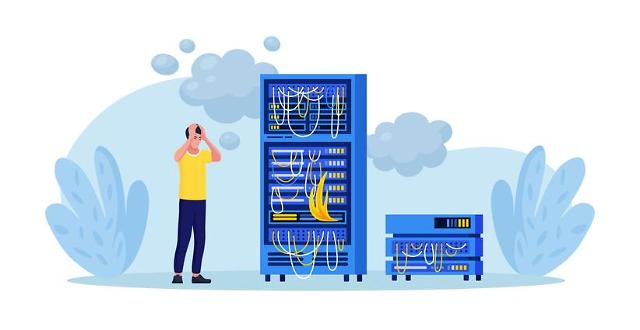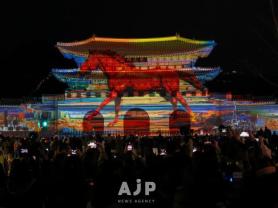
[Gettyimages Bank]
Electromagnetic pulse (EMP) waves can be created by natural phenomena such as solar geomagnetic disturbances or by manmade devices such as an EMP bomb or EMP generator. EMP can also be created by thermonuclear bombs detonated at high altitudes. EMP waves can devastate densely populated areas by destroying electrical devices including computers, smartphones, factory machinery and cars.
Seoul said that the capital city will cooperate with the state radio technology institute in order to understand the effects of EMP and establish countermeasures to prevent disasters. Technologies will be developed and professionals from the National Radio Research Agency will offer advice for Seoul City officials. Seoul will also measure the vulnerability of urban areas to EMP attacks and come up with effective prevention methods.
"We will fully cooperate with Seoul to establish countermeasures for EMP attacks. We will also focus on the protection of important facilities near the capital city," the radio technology institute's head Seo sung-il said in a statement on February 2.
South Korea experienced a partial communication blackout in October 2022 when a data center located in Pangyo south of Seoul went up in flames. The servers of Kakao, South Korea's web service giant, were also disabled by the fire. Kakao's services were inoperable. Kakao Talk, South Korea's favorite messenger app with some 47 million monthly active users, also crashed.
The crash of Kakao's services caused widespread social confusion and many other problems because non-Kakao services were also hooked onto the messenger app's platform. South Koreans who are used to going out without a wallet to make digital payments with their phones could not pay at stores, hail a taxi, or receive important notifications.
Copyright ⓒ Aju Press All rights reserved.




